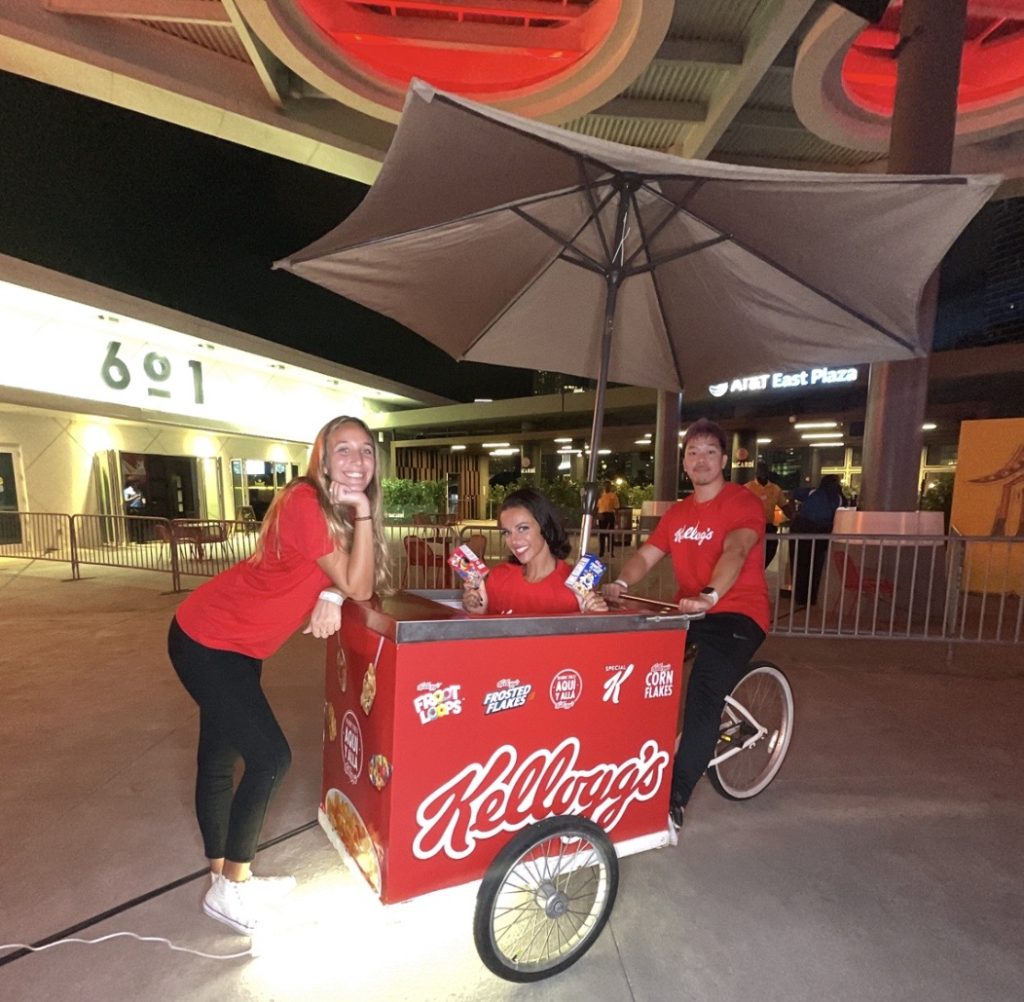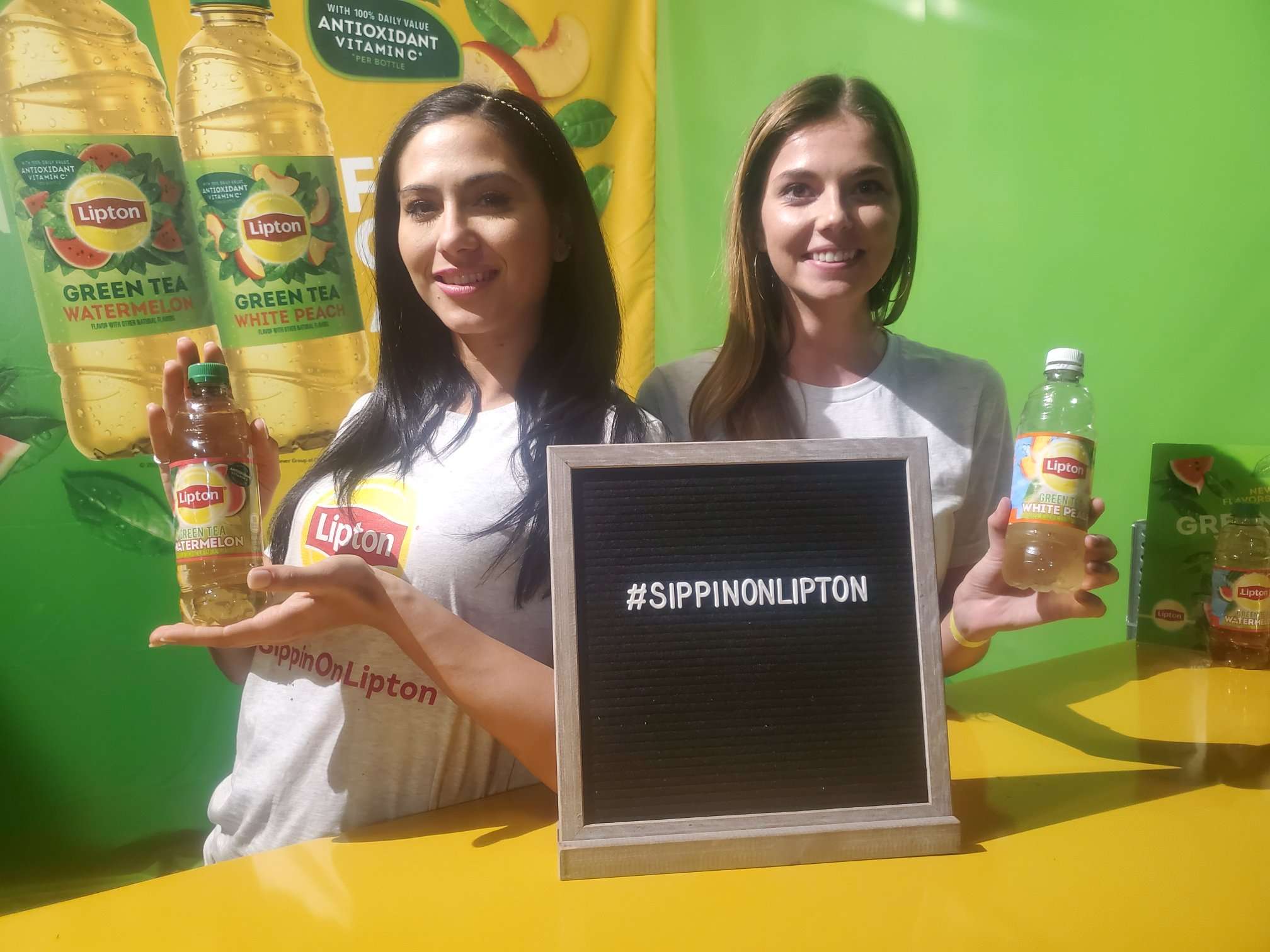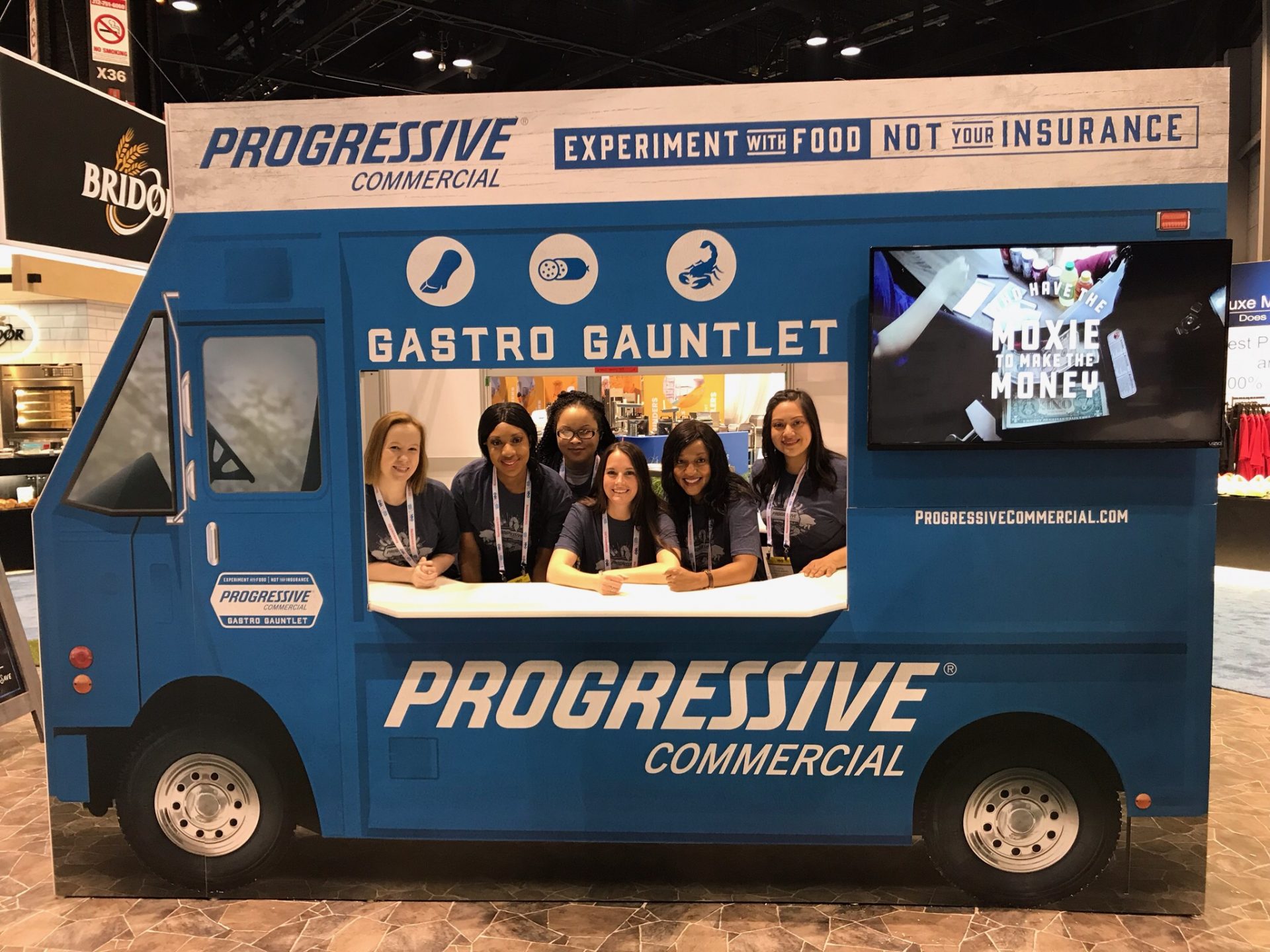02.21.20
By Lisa Major

Experiential marketing has been around for more than a century, but not until recently has it earned its rank as one of the top marketing strategies around. But how did it get to where it is today? And how can brands benefit from it? In this week’s Happy Hour, we talk about the rise of experiential marketing and why it’s becoming a go-to strategy for brands. We also look at how CPG brands are finding success with experiential, experience design trends that are changing the fundamentals of events, and why the future of marketing is the brand experience.

Experiential marketing has moved past being a trendy buzzword and one thing is very clear, it’s here to stay. It is a powerful strategy that engages consumers in person and forges relationships that traditional advertising tactics have never been able to achieve. Why? Because experiential “unlocks an elusive emotional connection to a brand in an age when consumers are increasingly skeptical.” It’s authentic, transparent, and it takes consumer engagement to a new level (and that’s the key to long-lasting relationships). In this article, GPJ explains what experiential is, why it’s so effective, and how brands can reap long-term benefits from the strategy.
Creating a memorable experience for event attendees is a top priority for all event marketers, but sometimes it can be a challenge. As consumer expectations shift, event marketers must stay on top of what’s hot, and what’s not, to ensure that their event makes an impression and an impact on those in attendance. From swag-less events to pet-friendly events (love), take a look at these key trends that are shaping the future of experience design.

Today’s CPG brands face a major challenge – “choice overload.” With the rise of online retailers, product subscription services, and smaller premium brands, the retail landscape is incredibly competitive – both in-store and everywhere else. And it’s not just brands that face challenges with all of this competition, consumers do too. With so many choices available, the process of choosing a product can be daunting, so much so, many consumers shut down without making a purchase. Because of all of the options that are available, CPG brands can no longer rely on traditional marketing tactics. Instead, they must focus on connecting with consumers through experiential marketing. Experiential allows CPG brands to showcase products, demonstrate why they are better than the competition, and most importantly, make a lasting impression. Here, we take a look at how CPG brands can use experiential marketing to rise above the competition.

Technology continues to change and evolve at a pace that seems unimaginable. And as technology evolves, consumer preferences, expectations, and demands are also changing. With that said, brands have to keep up with the ever-changing world around us and they must prepare for what’s coming next, especially when it comes to marketing to consumers. While digital marketing takes up a big portion of marketing budgets, the sheer volume of digital ads turns most consumers off. So how can brands reach today’s consumers in a way that resonates with them? Through human interaction, that’s how. In this article, we’ll take a look at the evolution of marketing and why brand experiences are the future of marketing.
We hope you enjoyed this week’s Happy Hour! Join us again next week as we dive into more experiential marketing news, tips and trends! Cheers!